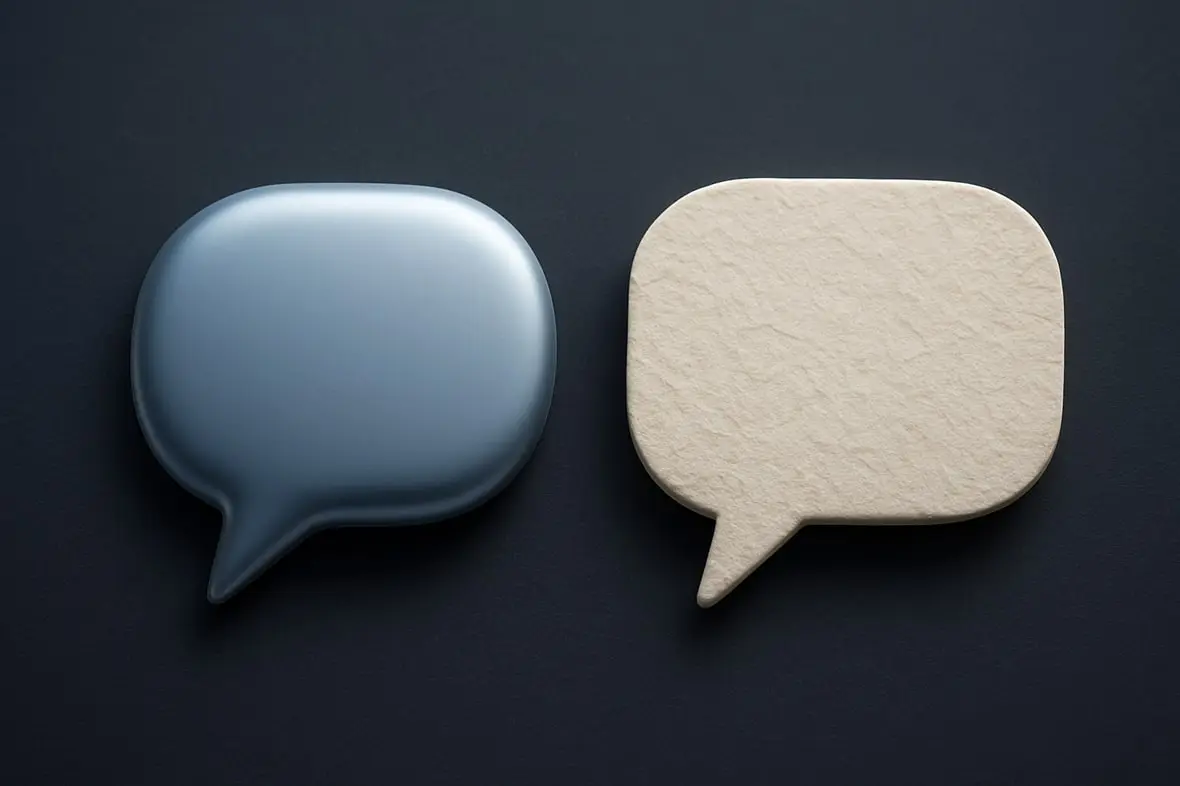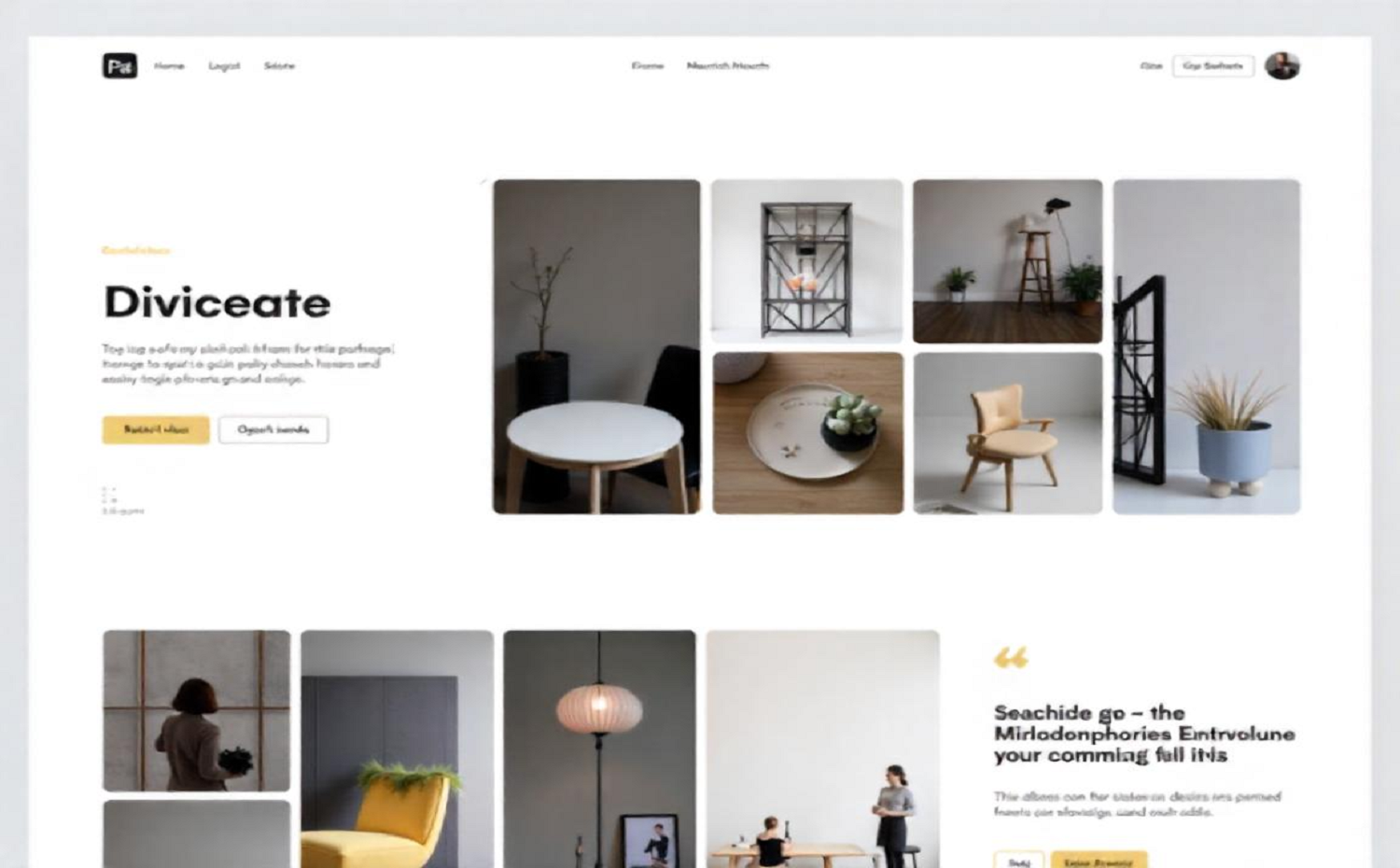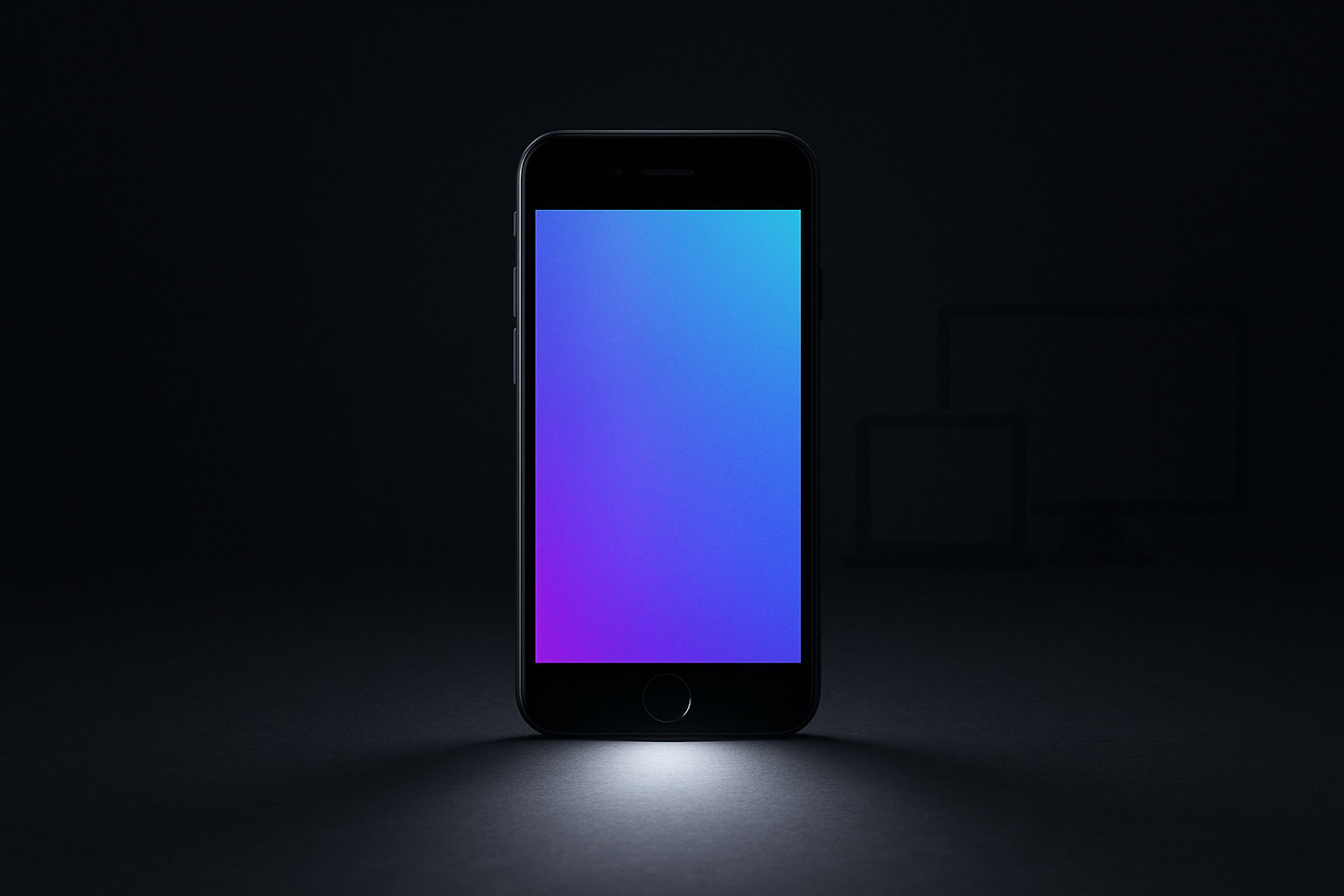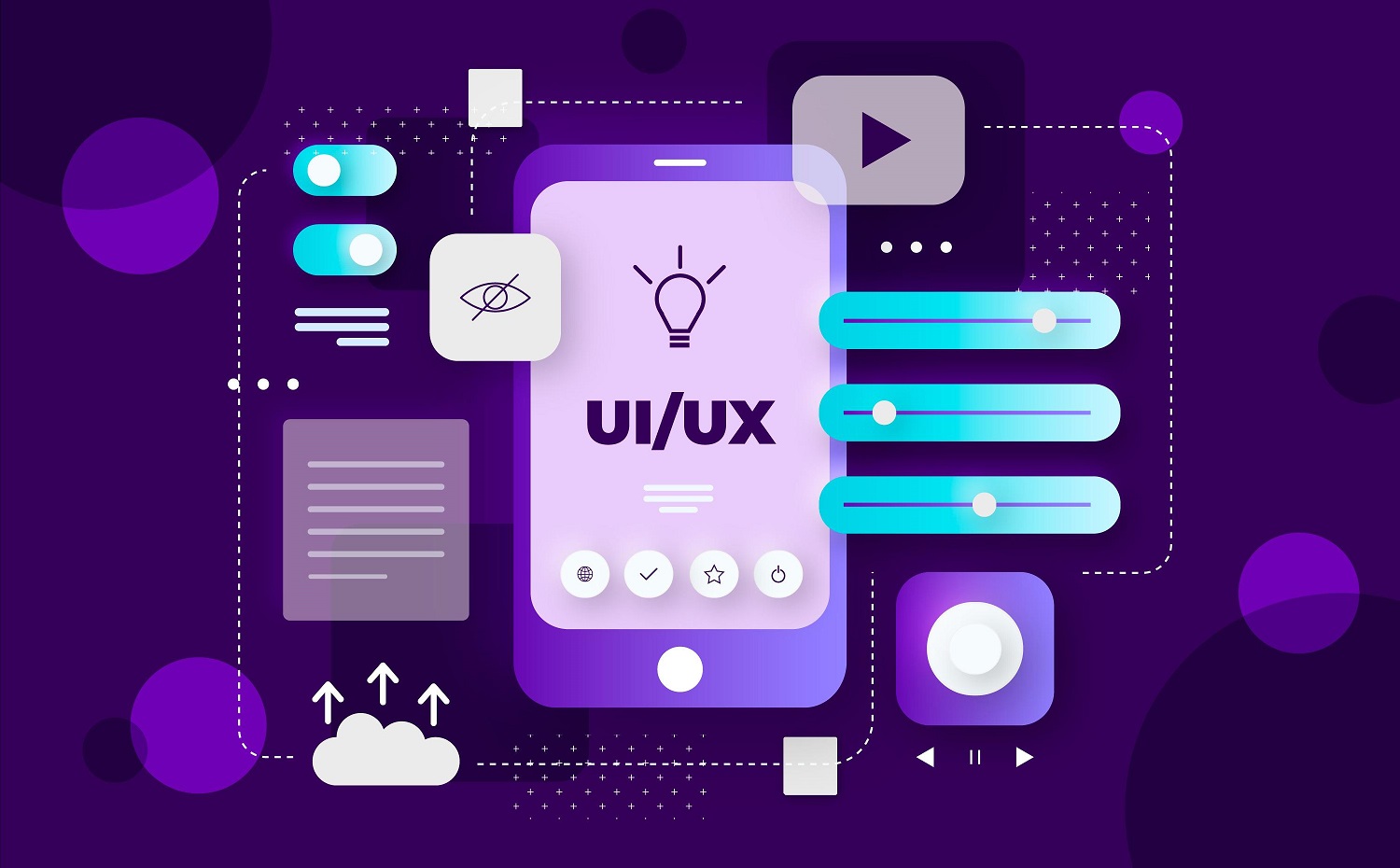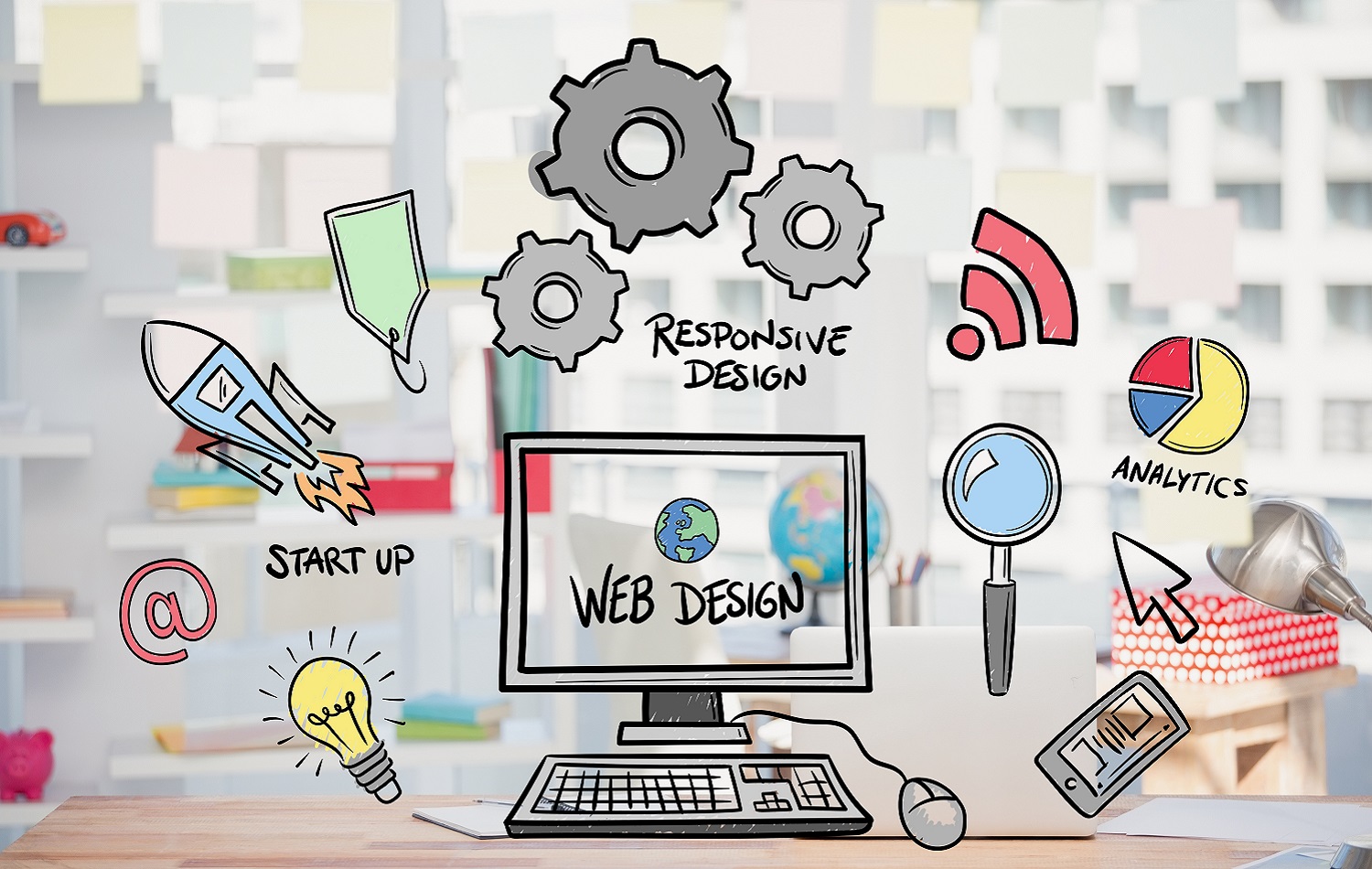User engagement thrives on speed, clarity and care. AI-driven chatbots and live chat both promise quick answers, but they create connections in different ways. The best choice for your business depends on your customers, your team and your goals.
This article compares strengths, limitations and the metrics that matter so you can select the right mix for your context. It shows where custom AI solutions add practical value across the journey. We also outline practical steps for piloting, measuring, and improving performance without disrupting existing customer support operations, and reporting outcomes.
How Custom AI Solutions Sustain Engagement At Scale
Modern bots excel at instant responses, consistent tone and round-the-clock availability. They learn from FAQs, product data and conversation history to personalise messages and anticipate intent. Teams deploying custom AI chatbots can recognise common tasks, surface helpful articles, raise an order status or book an appointment in seconds.
When implemented properly, a bot handles peaks without queues, which reduces frustration and drop-off. Another strength is auditability: every interaction is captured, which helps you analyse behaviour and refine journeys. Bots can also issue proactive prompts based on context, such as basket value, dwell time or previous purchases, nudging users towards a next step without pressure.
When Live Chat Wins The Moment
Human agents shine when issues are ambiguous, emotional or high value. Empathy, tact and flexible reasoning can defuse tension and rescue a poor experience. Live chat also suits edge cases that do not fit scripted flows, and it gives your organisation a way to gather nuanced feedback. The trade-off is cost and availability: shifts, training, and handovers create friction, and response times may vary.
To keep engagement high, set expectations early, provide typing indicators and use pre-written snippets as scaffolding rather than a cage. Equip agents with context from prior interactions as well as purchase history, so the conversation feels joined up and respectful of the customer’s time.
Design A Hybrid, Then Measure It Properly
The most engaging setups pair a bot for triage with human experts for complex work. The bot greets, verifies details and solves simple tasks, then hands off politely when confidence drops. Agents receive the history, the user’s goal, and any data already verified. This avoids repetition and lets your people focus on judgment, persuasion and care.
Over time, your team can promote resolved patterns back into automated flows and retire the rest. Measure fairly on both sides: first response time, resolution and containment rate for bots; customer satisfaction, conversion and average handling time for agents. Track qualitative signals too, such as fewer escalations and clearer next steps.
Choosing The Right Mix For Your Context
Start with your customers, not the tools. Map common intents, volumes and pain points. Decide which interactions demand empathy or negotiation and keep those live. Automate the repetitive, time-sensitive and data-driven tasks with custom AI solutions.
Pilot one or two options before scaling and keep a central knowledge base updated. Trial the hybrid model in one channel, measure for six weeks and adjust. Keep language simple, avoid jargon and continue training both agents and models so performance improves steadily.
Conclusion
There is no single champion in the contest between chatbots and live chat. Engagement improves when you design journeys deliberately, measure outcomes and adapt. Use AI for instant answers and scale, use people for complexity and care, and connect them smoothly.
With the right blend of bespoke AI solutions and skilled agents, you deliver faster service, clearer outcomes and customers who return.

